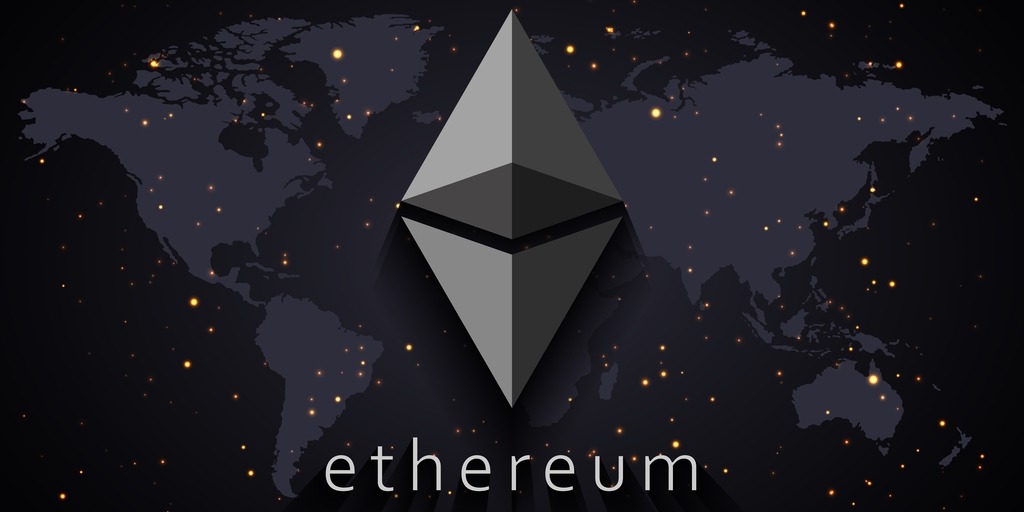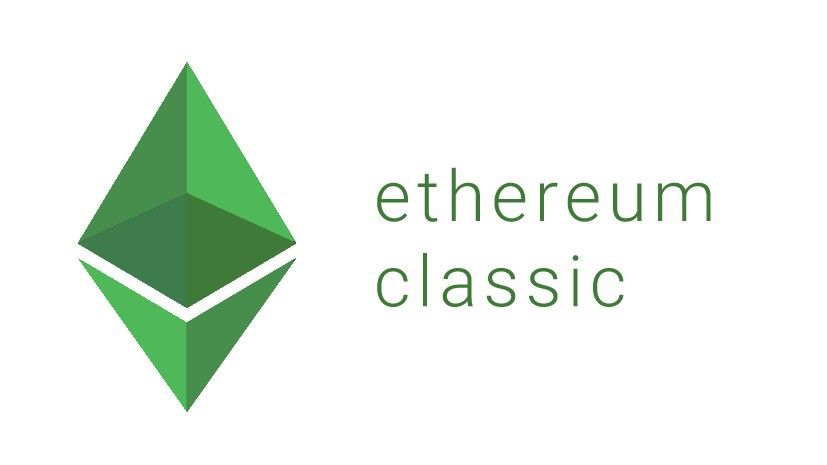How Layer 2 Can Help Ethereum Achieve Scalability?
Ethereum, often touted as the “world computer” for its potential to run decentralized applications (DApps), has faced challenges related to scalability since its inception. As the Ethereum network grew in popularity and adoption, its limitations became more apparent, leading to issues like high transaction fees and slower processing times. To address these challenges, Ethereum has been exploring Layer 2 solutions, a set of technologies and protocols designed to enhance scalability and improve the overall user experience. In this article, we will delve into what Layer 2 is, how it works, and how it can help Ethereum achieve the much-needed scalability.
Understanding the Scalability Challenge
Ethereum, a groundbreaking blockchain platform, has captured the attention of developers, businesses, and the broader crypto community for its potential to create decentralized applications (DApps) and smart contracts. However, Ethereum has faced a significant challenge since its inception: scalability. In this detailed exploration, we will delve into the scalability challenge of Ethereum, examining its underlying causes, consequences, and the efforts made to address this critical issue.
Scalability, in the context of blockchain technology, refers to a network’s capacity to handle an increasing number of transactions efficiently. It encompasses various aspects, including:
- Throughput: The number of transactions the network can process per second (TPS).
- Confirmation Times: The time it takes for transactions to be confirmed and added to the blockchain.
- Transaction Fees: The cost associated with processing transactions on the network.
Ethereum’s scalability challenge arises from its limited capacity in these aspects, which has become increasingly problematic as the network’s popularity and adoption have surged.
Also, read – Your Guide To Blockchain: Layer 2
Causes of Ethereum’s Scalability Challenge
Several factors contribute to Ethereum’s scalability challenge:
1. Proof of Work (PoW) Consensus:
Ethereum, like Bitcoin, initially used the PoW consensus mechanism. While PoW is secure, it is not highly scalable. Transactions must compete for inclusion in blocks, leading to congestion during periods of high demand. This congestion results in slower confirmation times and higher transaction fees.
2. Network Congestion:
Ethereum’s growing user base, combined with the explosion of decentralized finance (DeFi) applications and non-fungible tokens (NFTs), has led to network congestion. As more users and DApps compete for block space, the network’s limitations become more apparent.
3. Gas Fees:
Ethereum’s transaction fees, known as “gas fees,” are paid by users to compensate miners for processing transactions and executing smart contracts. During periods of high demand, gas fees can skyrocket, making simple transactions costly.
4. Storage and Bandwidth:
Storing large amounts of data and handling increased bandwidth demands also contribute to Ethereum’s scalability challenge. The blockchain’s size and data requirements can strain the network.
Consequences of Ethereum’s Scalability Challenge
The scalability challenge has several consequences that impact users and the Ethereum ecosystem:
1. High Transaction Fees:
High gas fees can render many transactions uneconomical, particularly for smaller users or microtransactions.
2. Slow Confirmation Times:
Longer confirmation times hinder the usability of Ethereum for applications that require near-instant transactions, such as gaming or financial services.
3. Limited Adoption:
The scalability challenge can deter businesses and developers from building on Ethereum or integrating it into their products.
4. Competitive Block Space:
Users often need to bid higher gas fees to ensure their transactions are processed promptly, resulting in a competitive environment that disadvantages some users.
Layer 2 Solutions for Ethereum
1/7: 🚀 Exploring Layer 2 Solutions for Ethereum 🚀
Ethereum’s scalability challenge is no secret.Layer 2 solutions are here to save the day! Let’s dive into the world of L2 scaling.#Ethereum #Layer2 pic.twitter.com/asBxq1D2vB
— TeamXdao (@teamxdao) September 6, 2023
Enter Layer 2 Solutions
Layer 2 (L2) solutions are designed to alleviate the scalability issues of Layer 1 blockchains like Ethereum. Layer 1 refers to the main blockchain, while Layer 2 operates on top of it, offloading some of the processing and transaction data to a separate layer. Here’s how Layer 2 can help Ethereum:
1. Increased Transaction Throughput:
Layer 2 solutions employ various techniques to process a higher number of transactions per second than the Ethereum mainnet. These techniques include sidechains, state channels, and rollups, which enable transactions to occur off-chain or with minimal interaction with the Ethereum mainnet. This reduces congestion and speeds up transaction confirmations.
2. Reduced Transaction Fees:
With Layer 2, transaction fees are typically significantly lower than those on the Ethereum mainnet. This affordability makes microtransactions feasible and enhances the overall user experience. Users can perform transactions without worrying about high gas fees, making Ethereum more accessible.
3. Scalable Smart Contracts:
Layer 2 solutions also extend scalability to smart contracts. By moving some smart contract execution off-chain or through Layer 2, DApps can run complex operations more efficiently, avoiding network congestion and high costs.
4. Compatibility and Interoperability:
Layer 2 solutions are designed to be compatible with Ethereum, allowing users and developers to bridge assets and data between the Layer 1 mainnet and Layer 2 networks. This interoperability ensures that users can enjoy the benefits of Layer 2 while maintaining access to the broader Ethereum ecosystem.
5. Enhanced Privacy and Security:
Some Layer 2 solutions offer enhanced privacy features. Techniques like zero-knowledge proofs can provide a higher degree of privacy and security for users, making Ethereum more appealing for various use cases, including financial services.
Layer 2 Technologies
There are several key Layer 2 technologies and approaches that are actively being developed and deployed within the Ethereum ecosystem:
– State Channels:
State channels allow users to conduct off-chain transactions that are only settled on the Ethereum mainnet when necessary. This approach is ideal for frequent and small transactions, such as in gaming or microtransactions.
– Plasma:
Plasma is a framework that enables the creation of sidechains or child chains that operate independently but are periodically anchored to the Ethereum mainnet. This reduces the load on the mainnet while maintaining security.
– Rollups:
Rollups are Layer 2 solutions that bundle multiple transactions into a single “rollup” and submit this bundle to the Ethereum mainnet. This significantly reduces gas costs and improves scalability without compromising security.
The Future of Ethereum with Layer 2
Layer 2 solutions represent a significant step forward in Ethereum’s quest for scalability and improved user experience. As these technologies continue to mature and gain adoption, Ethereum is expected to become more efficient, affordable, and accessible for both developers and users. Layer 2 can unlock new possibilities for DeFi, NFTs, gaming, and various other DApps by providing the scalability needed to support mass adoption.
In conclusion, Layer 2 solutions offer a promising path forward for Ethereum, addressing the scalability issues that have limited its growth. By offloading some transaction processing to Layer 2 networks, Ethereum can maintain its position as a leading blockchain platform while delivering a faster, more cost-effective, and scalable user experience. As Ethereum’s ecosystem continues to evolve, Layer 2 is poised to play a central role in its ongoing development and success.
Stay informed with daily updates from Blockchain Magazine on Google News. Click here to follow us and mark as favorite: [Blockchain Magazine on Google News].
Get Blockchain Insights In Inbox
Stay ahead of the curve with expert analysis and market updates.
latest from tech
Disclaimer: Any post shared by a third-party agency are sponsored and Blockchain Magazine has no views on any such posts. The views and opinions expressed in this post are those of the clients and do not necessarily reflect the official policy or position of Blockchain Magazine. The information provided in this post is for informational purposes only and should not be considered as financial, investment, or professional advice. Blockchain Magazine does not endorse or promote any specific products, services, or companies mentioned in this posts. Readers are encouraged to conduct their own research and consult with a qualified professional before making any financial decisions. The featured image used is just a creative depiction of the title and it does not intend to hurt sentiments of any person or institution. If it hurts anyone sentiments, please do not hesitate to reach out to Blockchain Magazine.

 Bitcoin
Bitcoin  Ethereum
Ethereum  XRP
XRP  Tether
Tether  Solana
Solana  Dogecoin
Dogecoin  USDC
USDC  Cardano
Cardano  Lido Staked Ether
Lido Staked Ether  TRON
TRON  Chainlink
Chainlink  Avalanche
Avalanche  Sui
Sui  Wrapped stETH
Wrapped stETH  Wrapped Bitcoin
Wrapped Bitcoin  Stellar
Stellar  Toncoin
Toncoin  Hedera
Hedera  Shiba Inu
Shiba Inu  Polkadot
Polkadot  WETH
WETH  LEO Token
LEO Token  Bitcoin Cash
Bitcoin Cash  Litecoin
Litecoin  Hyperliquid
Hyperliquid  Bitget Token
Bitget Token  Official Trump
Official Trump  Uniswap
Uniswap  Pepe
Pepe  Wrapped eETH
Wrapped eETH  USDS
USDS  NEAR Protocol
NEAR Protocol  Ethena USDe
Ethena USDe  Aave
Aave  Aptos
Aptos  Internet Computer
Internet Computer  Ondo
Ondo  WhiteBIT Coin
WhiteBIT Coin  Cronos
Cronos  Ethereum Classic
Ethereum Classic  Monero
Monero  Mantle
Mantle  POL (ex-MATIC)
POL (ex-MATIC)  Render
Render  Dai
Dai  Algorand
Algorand  MANTRA
MANTRA  Bittensor
Bittensor 




